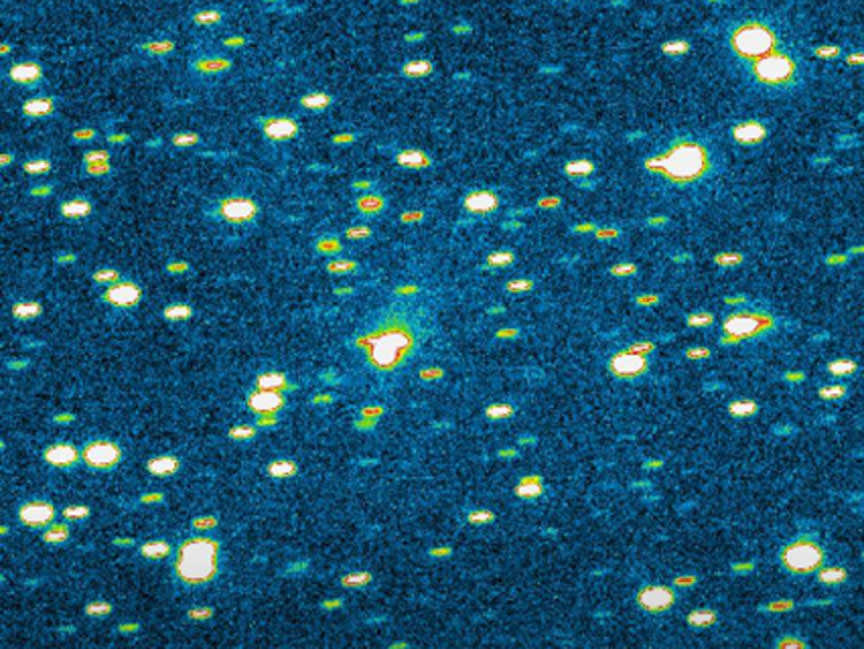It’s confirmed! Australian amateur astronomer Terry Lovejoy just discovered his fifth comet, C/2014 Q2 (Lovejoy). He found it August 17th using a Celestron C8 fitted with a CCD camera at his roll-off roof observatory in Brisbane, Australia.

“I take large sets of image triplets, i.e 3 images per star field and use software to find moving objects,” said Lovejoy. “The software I use outputs suspects that I check manually by eye.”
Most of what pops up on the camera are asteroids, known comets, or false alarms but not this time. Lovejoy’s latest find is a faint, fuzzy object in the constellation Puppis in the morning sky.
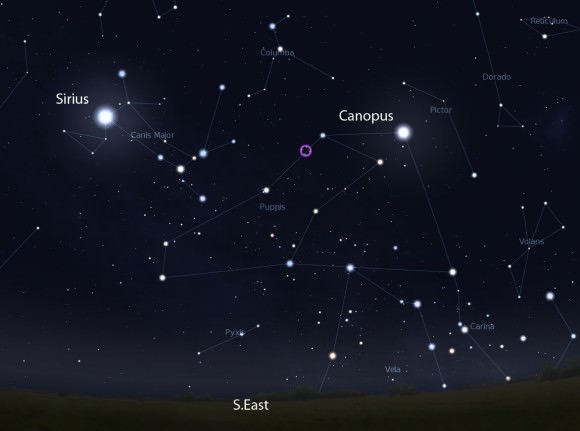
Glowing a dim magnitude +15, the new comet will be a southern sky object until later this fall when it swings quickly northward soon around the time of perihelion or closest approach to the sun. Lovejoy’s find needs more observations to better refine its orbit, but based on preliminary data, Maik Meyer, founder of the Comets Mailing List, calculates a January 2, 2015 perihelion.
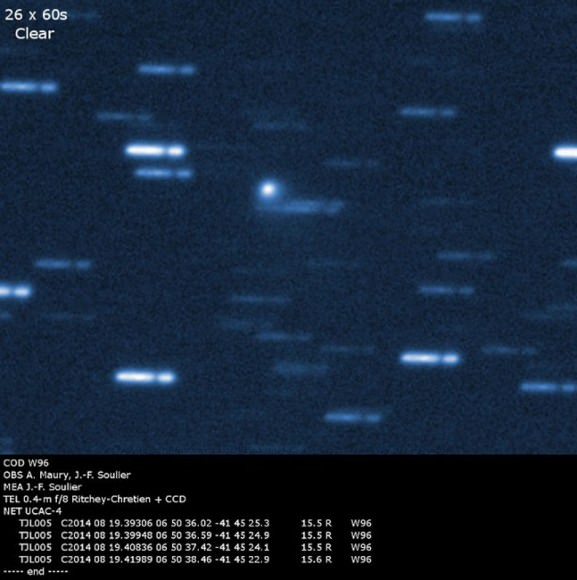
On that date, it will be a healthy 84 million miles from the sun, but one month earlier on December 7, the comet could pass just 6.5 million miles from Earth and be well placed for viewing in amateur telescopes.
Everything’s still a little up in the air right now, so these times and distances are likely to change as fresh observations pour in. Take all predictions with a major grain of salt for the moment.
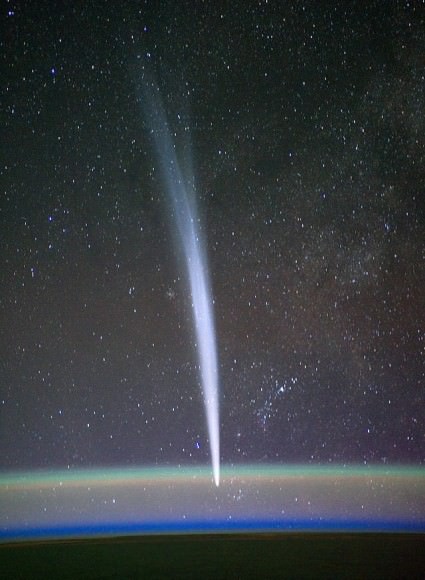
You might remember some of Terry’s earlier comets. Comet Lovejoy (C/2011 W3), a Kreutz sungrazer discovered in November 2011, passed just 87,000 miles above the sun’s surface. Many astronomers thought it wouldn’t survive the sun’s heat, yet amazingly, although much of its nucleus burned off, enough material survived to produce a spectacular tail.

More recently, Comet Lovejoy (C/2013 R1) thrilled observers as it climbed to naked eye brightness last November, managing to do the impossible at the time and draw our eyes away from Comet ISON.
Congratulations Terry on your new find! May it wax brightly this fall.
* Update: The latest orbit calculation from the Minor Planet Center based on 24 observations now puts perihelion at 164.6 million miles (265 million km) on February 14, 2015. Closest approach to Earth of 93.2 million miles (150 million km) will occur in January.
New Comet Discovered: Lovejoy Will Add to “Comet Lineup” in Winter Skies
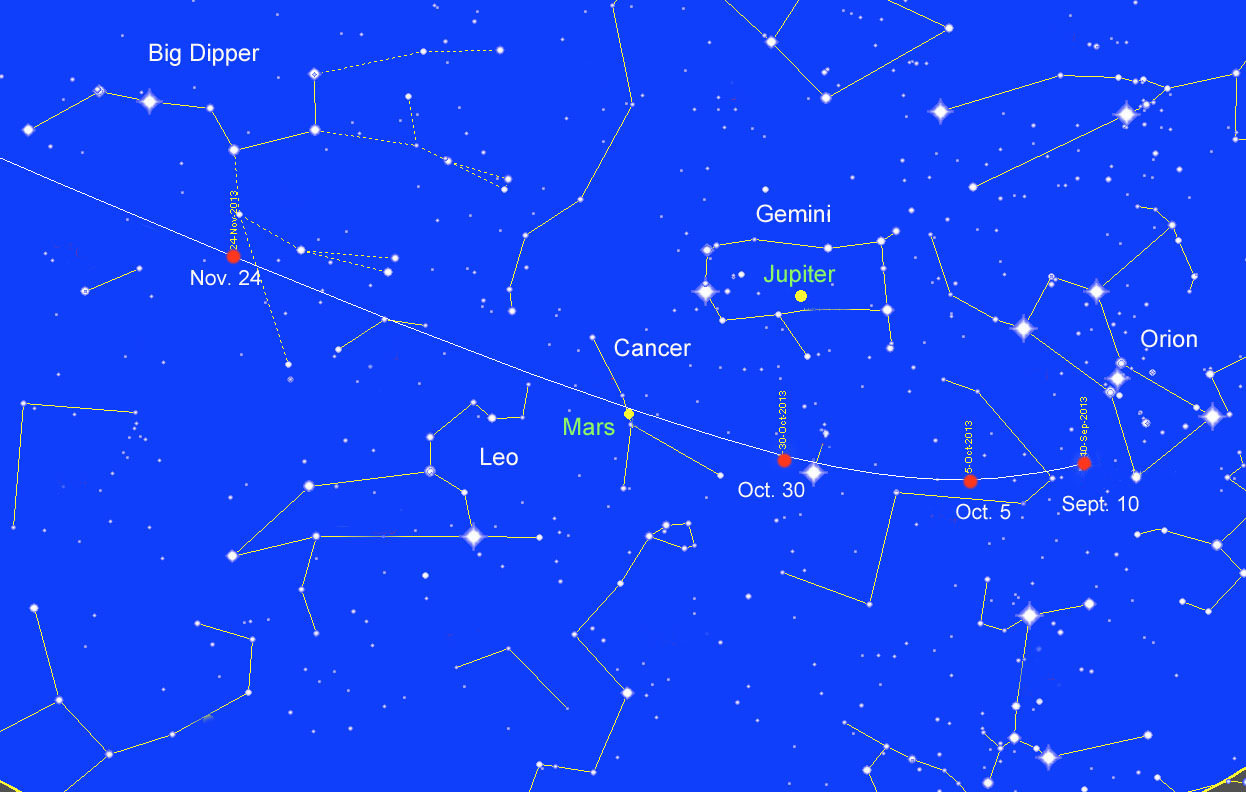
Move over Comet ISON. You’ve got company. Australian amateur astronomer Terry Lovejoy, discoverer of three previous comets, including the famous, long-tailed sungrazer C/2011 W3 (Lovejoy), just added a 4th to his tally.
This new comet will add to a lineup of comets that should grace early November skies in the northern hemisphere: Comets ISON, Encke and now the new Lovejoy.
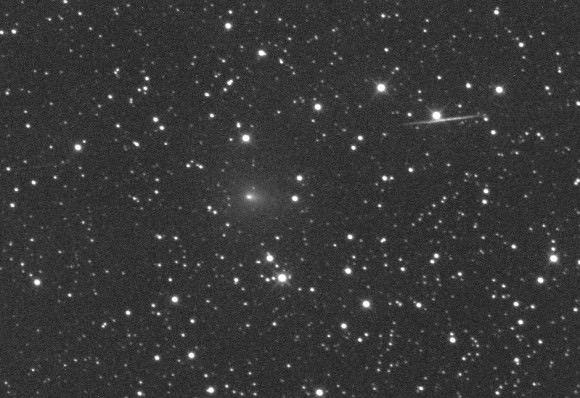
The discovery of C/2013 R1 Lovejoy was announced on Sept. 9 after two nights of photographic observations by Lovejoy with an 8-inch (20 cm) Schmidt-Cassegrain reflector. When nabbed, the comet was a faint midge of about 14.5 magnitude crossing the border between Orion and Monoceros. Subsequent observations by other amateur astronomers peg it a bit brighter at 14.0 with a small, condensed coma.
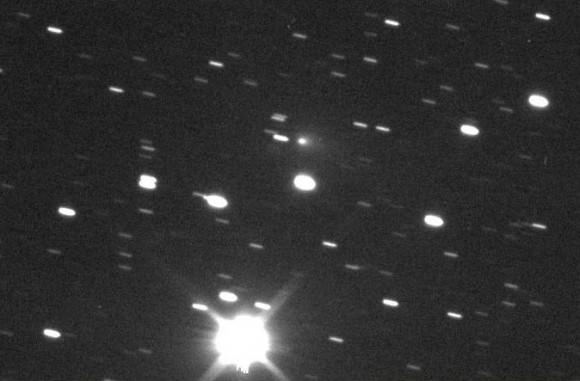
Right now you’ll need a hefty telescope to catch a glimpse of Lovejoy’s latest, but come November the comet will glow at around 8th magnitude, making it a perfect target for smaller telescopes. At closest approach on the Nov. 23, Lovejoy will pass 38.1 million miles (61.3 million km) from Earth while sailing across the Big Dipper at a quick pace.
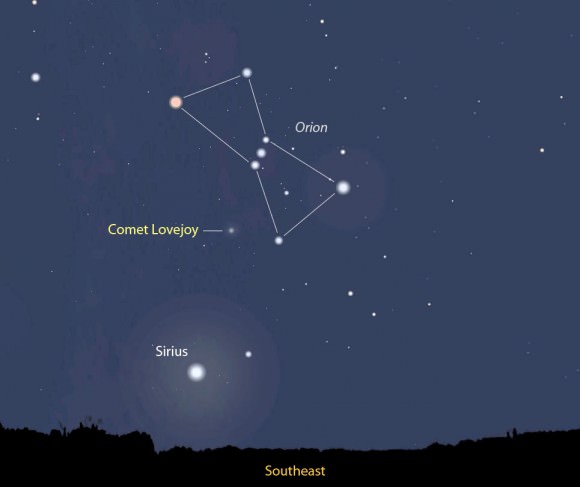
Mid to late November is also the time when Comet ISON, the current focus of much professional and amateur observation, will be at its brightest in the morning sky at around magnitude 2-3. Get ready for some busy nights at the telescope!

C/2013 R1 will whip by the sun on Christmas Day at a distance of 81 million miles (130.3 million km) and then return back to the deeps from whence it came.
The charts here give you a general idea of its location and path over the next couple months. As the comet crosses into small-scope territory in early November, I’ll provide maps for you to find it.
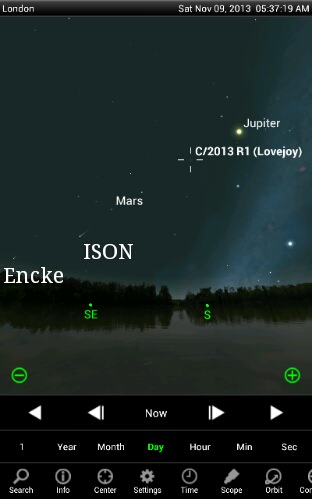
And as Stuart Atkinson noted on his website, Cumbrian Sky a great lineup should be in the northern hemisphere skies on November 9, 2013. From the left, Comet Encke will be magnitude 6, ISON should be at about magnitude 6 or 7; then Mars, followed by the new Comet Lovejoy, which will be still very faint at around magnitude 9, topped off by a bright Jupiter. The comets will not likely be of naked eye visibility, but this should be a great chance for astrophotographer to capture this lineup!
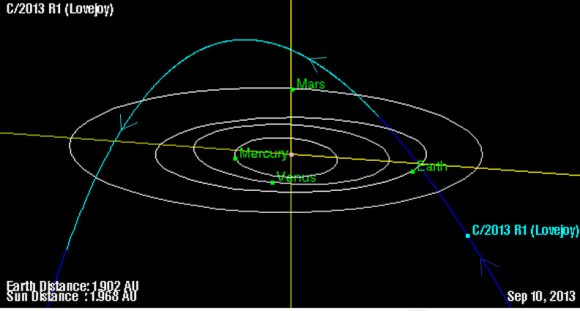
Welcome to an exciting time for comet lovers, and congratulations Terry on another great discovery!

